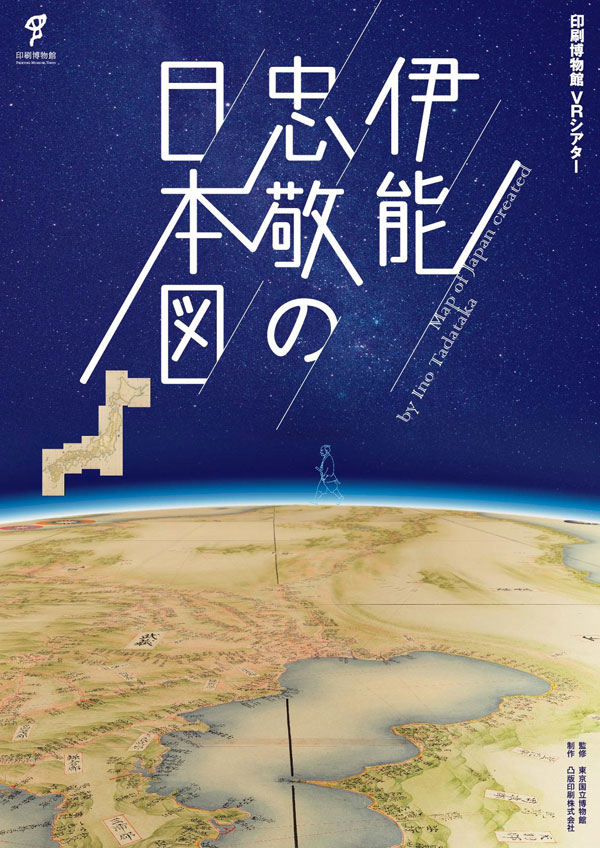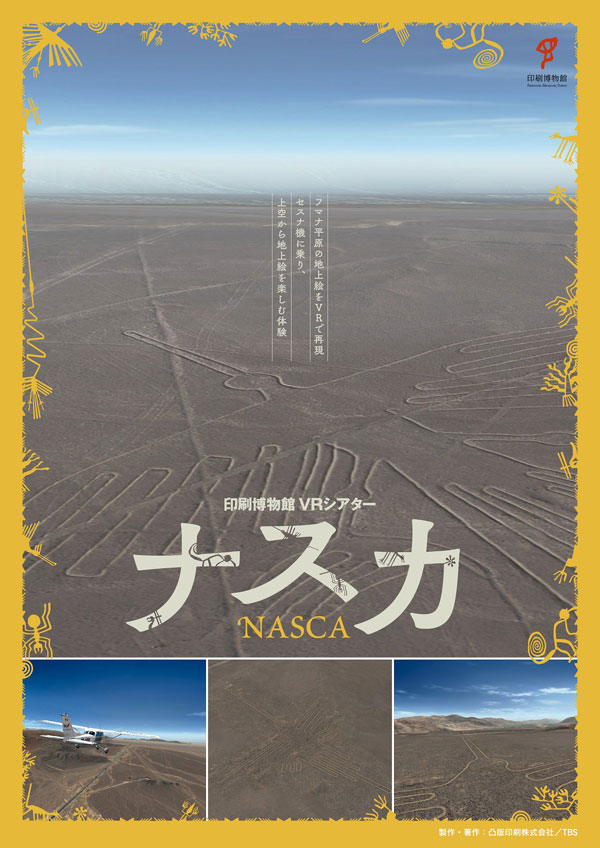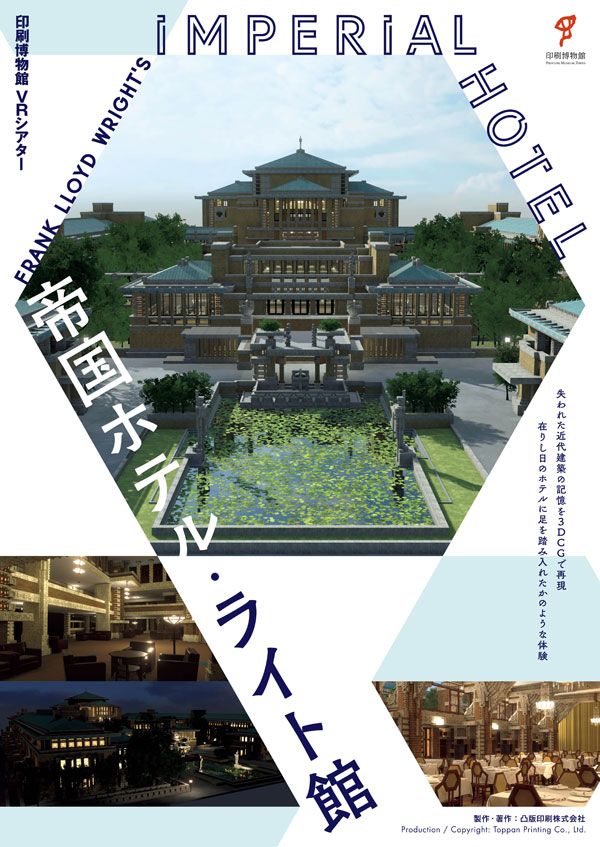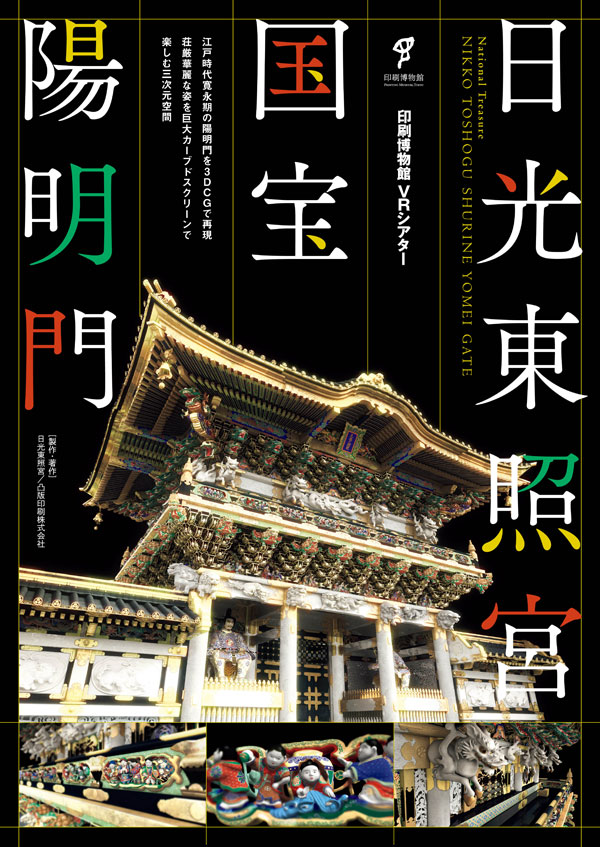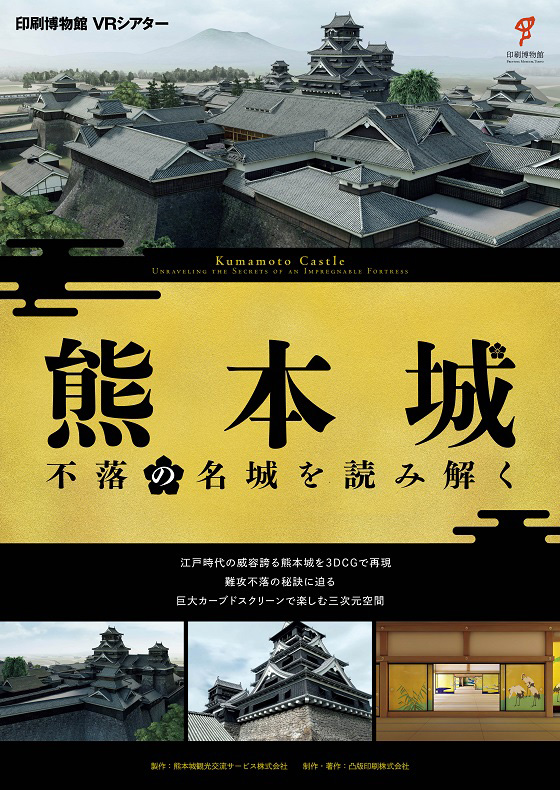VR Theater lineup
Important: As of Tuesday, March 28, the VR Theater will be temporarily closed for construction. Once we determine when the Theater will be reopened, we will make an announcement on our webpage. We apologize for any inconvenience and thank you in advance for your understanding.
Current exhibition program
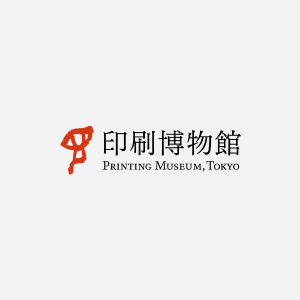
Coming Soon
Preparing
Screening program thus far
The VR Theater's technology
-
About the VR Theater
The VR Theater boasts an eight-meter radius, four-meter high super-sized curved screen with a 120 degree angle of visibility, as well as computers. Using VR (virtual reality) technology it is a facility where visitors can enjoy watching images with a real sense of presence.
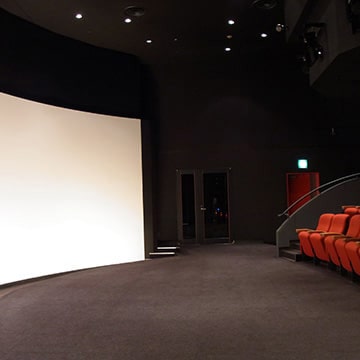
-
What is VR?
"Virtual reality" describes imaginary reality and spaces, the special feature of which is imparting to viewers through the reproduction of images a sense that they are really in an actual space. The VR Theater shows a program connected to printing and the temporary exhibitions of the Museum. Come to the theater and enjoy an experience slightly different to that of the exhibition room.
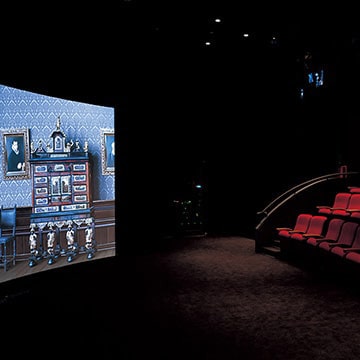
Special features of VR
VR was developed as a method of displaying digital archive material, creates images in real time that make the viewer feel that they are actually "there," and provides a virtual experience with an overwhelming sense of presence and immersion in the images.
Cultural assets are faithfully reproduced based on digital archive data. With the reproduction of images of precious cultural assets and spaces that pursues a highly realistic look, it is possible for viewers to look and experience them as if they are actually in front of their very eyes.
VR makes it possible for viewers to see, exactly as though they are actually there, relics and spaces it is not usually possible to see using cultural asset research and study material, 3D-shape measurement and color measurement data.
The process of creating works for the Theater
-
01
Photography
Cracks snd brush strokes are recorded in detail by high-definition photography. This is digitalized as a high-definition image.
cooperation : Nikko Toshogu Shrine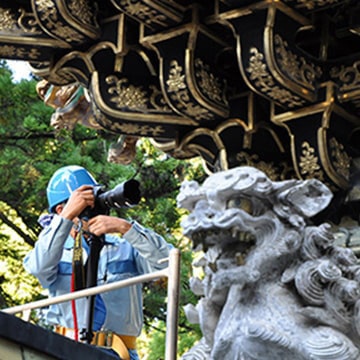
-
02
3D geometric measurement
The three-dimensional form of the cultural treasure is digitally measured and recorded with contactless optical schemes incapable of inflicting physical damage. The data from the measurements is then used to produce an accurate CG model.
cooperation : Nikko Toshogu Shrine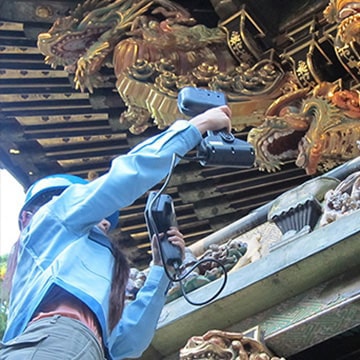
-
03
Color measurement
Original colors are preserved precisely, uninfluenced by the environment and conditions during the photo shoots on site. Once recorded, these colors are used in the color management of the CG texture images.
cooperation : Nikko Toshogu Shrine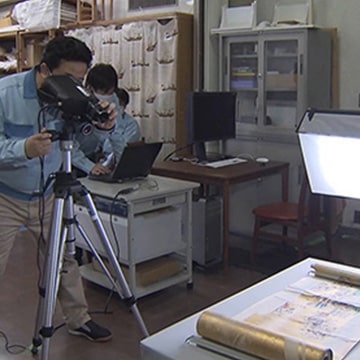
-
04
Scholarly editing
The CG images are edited by specialists in the fields of interest to ensure legitimate scholarly value.
cooperation : Nikko Toshogu Shrine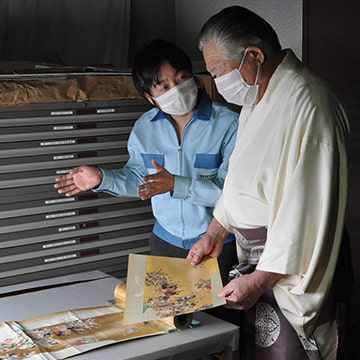
-
05
Produced by a machine depicting ultra high-definition computer graphics
The Museum uses a real time rendering engine that we have developed ourselves, and which enables the drawing of ultra high-precision CG on computers.
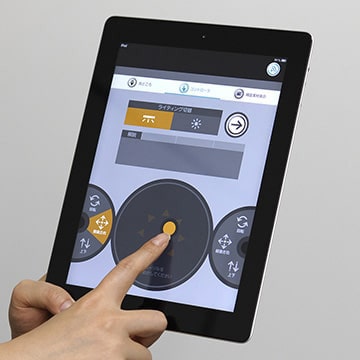
Exhibitions and collections
-
- Latest exhibition information
- The latest information is provided for visitors about exhibitions, events and schedules.
-
- List of temporary exhibitions
- Information is provided on temporary exhibitions underway and related events.
-
- General exhibition
- Here we introduce our general exhibition.
-
- VR Theater lineup
- Details of the programs currently being shown.
-
- Collection hunting
- Here we introduce some of the artifacts from our collection.

